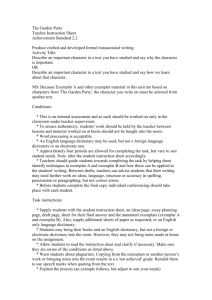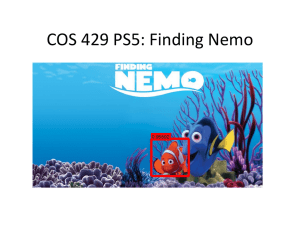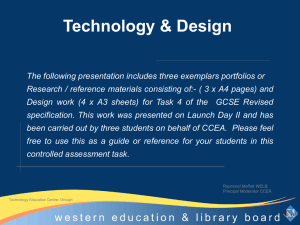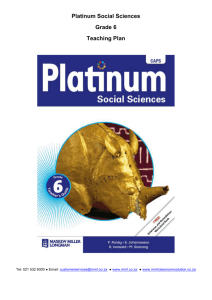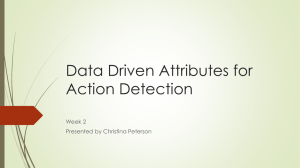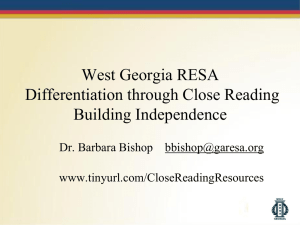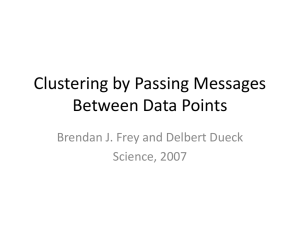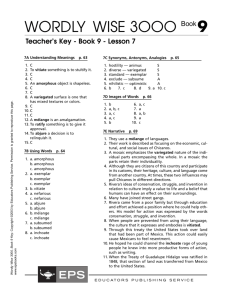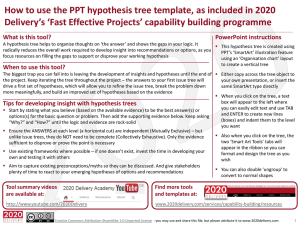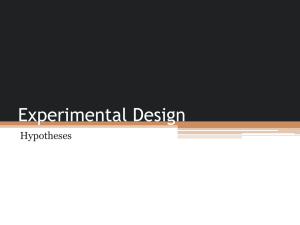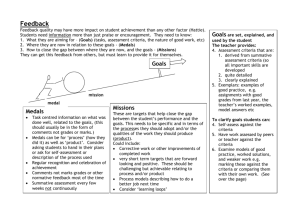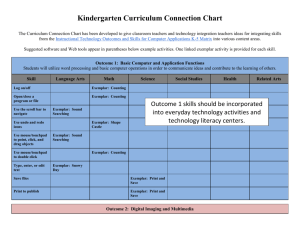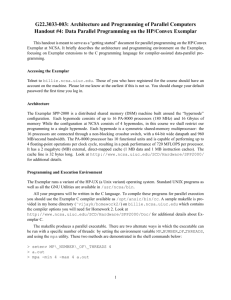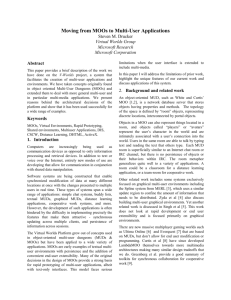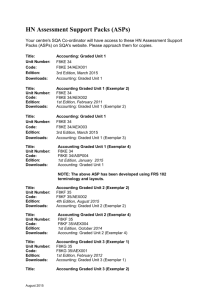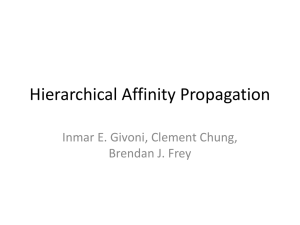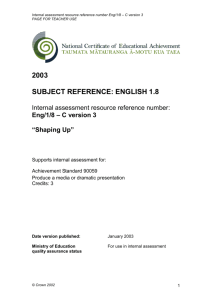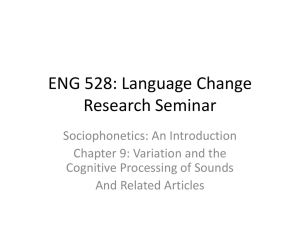2 4 6 task
advertisement
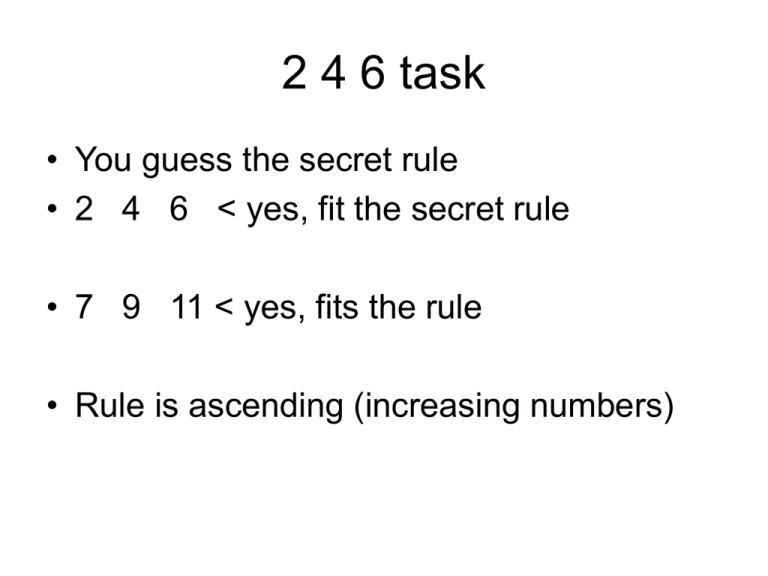
2 4 6 task • You guess the secret rule • 2 4 6 < yes, fit the secret rule • 7 9 11 < yes, fits the rule • Rule is ascending (increasing numbers) Another attempt • 2 4 6 • 7 < yes, fits the rule 2 1 < no, do not fit the rule -2 4.5 400 < no -1 -3 -5 < no • 8 10 12 < yes -5 -3 -1 < no • 1 0 13 20 < no 3 5 < yes • 6 10 18 < no • 33 35 37 < yes 0 7 10 < no ANSWER: positive numbers, increasing by 2 • Exemplar = set of 3 numbers that you generate Positive/ negative exemplars • Your own hypothesis (H) • • • • • E.g. H: numbers add to 12 Proposed exemplar: 7 2 3 Exemplar fits H “positive” exemplar E.g., if proposed exemplar: 7 2 1 Exemplar doesn’t fit H “negative” exemplar expectations • E.g. H: numbers add to 12 • Proposed exemplar : 7 2 1 • Expectation “no” response, doesn’t fit the rule • If the response increases confidence in H, then it’s said to be “confirming” Another expectation • E.g. H: numbers add to 12 • Proposed positive exemplar: 7 2 3 • E.g., he expected a “no” response because he had low confidence in H then the hypothesis is “disconfirmed” Heuristics for induction and hypothesis testing • Rule-of-thumb: Not guaranteed to work, but more likely to get the answer – 1) form general hypotheses (not specific ones) • E.g. H: numbers increasing by 2 (specific) • More general version numbers increasing – 2) form counterfactual hypotheses (i.e., opposing hypotheses) More heuristics – 2) form counterfactual hypotheses • E.g. H: numbers increasing • Counterfactual (opposing) H: numbers decreasing – 3) use extreme examples (exemplars) • E.g., exemplar : 7 9 1 • Extreme exemplar: -7 9,000 1 million – 4) use multiple hypotheses • Have at least 2 hypotheses in mind always • Pick an exemplar that tells which hypothesis is right (discriminating between hypotheses) More heuristics – 5) seek disconfirming evidence find exemplars that show your hypothesis is wrong • Peoples’ natural inclination is to seek confirming evidence (confirmation bias) Science as hypothesis testing • We had H in 2 4 6 task; in science, it’s called a “theory” • We had exemplars in 2 4 6 task; in science, they are “experimental results” • In 2 4 6 task, we compared the response (yes or no) with our hypothesis; in science, the scientist compares the results to the theory
